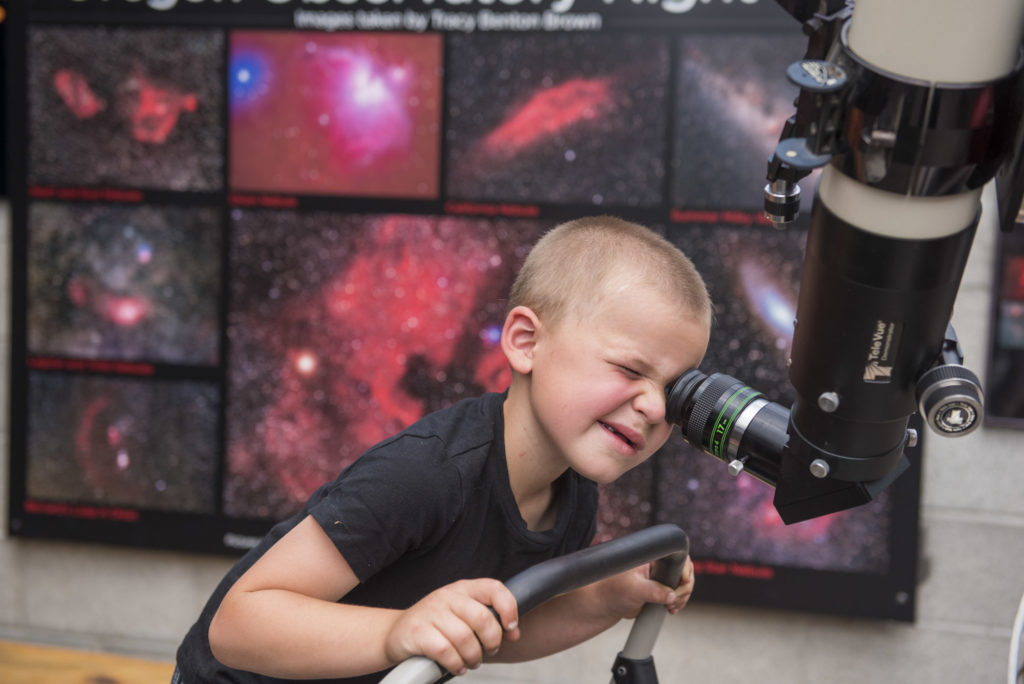Have you ever wanted to learn more about the night sky?
Did you know that most states have an observatory or planetarium open to the public? For example, there are two observatories within an hour’s drive of Name a Star offices in Bend, Oregon.
Pine Mountain Observatory has multiple telescopes and free camping. In the summer volunteers often bring out their own telescopes to assist visitors in stargazing.
View the night sky from over a dozen telescopes at Trip Advisor’s top rated observatory, Sunriver Observatory. Participate in a laser-guided constellation tour outdoors or come during the day to visit the Nature Center.
Most observatories have professional or amateur astronomers who can help you identify objects like, stars, planets, and nebulae. Some observatories also have a planetarium, where you can see a theater based program. Planetariums are great for day time viewing and during inclement weather. The McDonald Observatory in Texas has one of the best planetariums and an excellent website.
Plan a trip this summer, so you can discover answers to fascinating questions like:
What causes the phases of the moon?
Are meteors really shooting stars?
What is the Milky Way?
To make your stargazing even more fun name a star at Name a Star, then get a close look through a telescope.
Find a Publicly Accessible Telescope near you.
Hours may have changed, so check local listings for current hours and activities. Also check the weather, so you are not disappointed by a clouds obscuring the stars. The moon also affects your night sky viewing experience. A new moon provides the darkest sky, while a quarter moon gives great views of the moon’s topography. A full moon obliterates most of the stars, but puts the earth facing side of the moon on full display.

